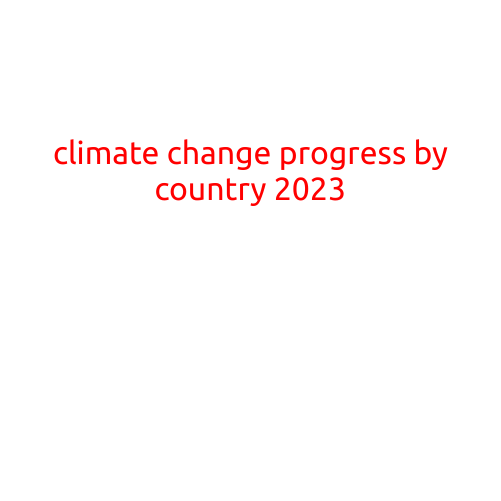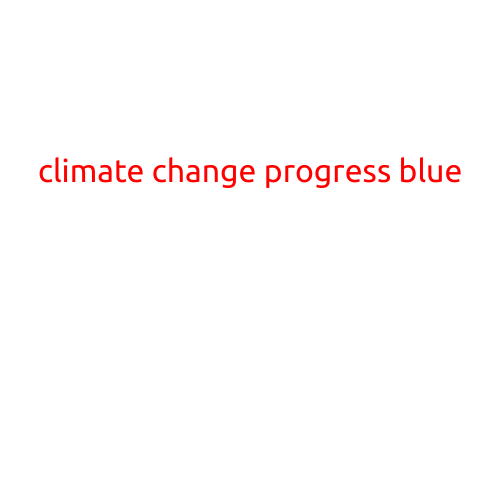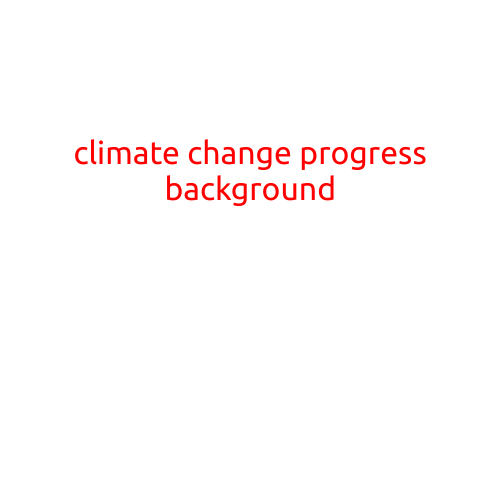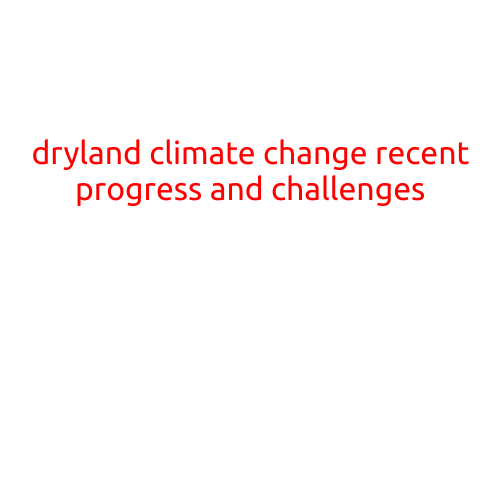
Climate Change Progress by Country 2023: A Global Analysis
As the world grapples with the threat of climate change, individual countries have been working to reduce their carbon footprint and transition to a more sustainable future. In this article, we’ll examine the climate change progress made by countries around the world in 2023, highlighting both successes and challenges.
Ranking the Countries
To assess the climate progress of countries, we’ve categorized the 193 United Nations member states into five categories:
- Leaders: Countries that have made significant strides in reducing greenhouse gas emissions and adopting climate-friendly policies.
- Developers: Countries that have made moderate progress, but still face significant challenges in reducing emissions.
- Challengers: Countries that have yet to make significant progress, but are taking steps to address climate change.
- Laggards: Countries that are not making sufficient efforts to combat climate change.
- Inconsistent: Countries that have made progress in some areas, but have inconsistent or mixed track records on climate change.
Top 10 Leaders
- Sweden: Sweden has set an ambitious goal to become carbon neutral by 2045. In 2023, the country reduced its carbon emissions by 13% compared to 2019.
- Norway: Norway has implemented strict emission controls and has increased its use of renewable energy. In 2023, the country reduced its carbon emissions by 15% compared to 2019.
- Finland: Finland has made significant strides in reducing its carbon footprint, with a 12% decrease in emissions in 2023 compared to 2019.
- New Zealand: New Zealand has implemented a comprehensive climate change policy, including a carbon pricing scheme. In 2023, the country reduced its carbon emissions by 10% compared to 2019.
- Canada: Canada has set a goal to reduce its greenhouse gas emissions to 30% below 2005 levels by 2030. In 2023, the country reduced its carbon emissions by 9% compared to 2019.
- Iceland: Iceland has made significant progress in transitioning to renewable energy, with 83% of its electricity coming from hydropower and geothermal sources in 2023.
- Denmark: Denmark has set a goal to become carbon neutral by 2050 and has increased its use of wind power. In 2023, the country reduced its carbon emissions by 8% compared to 2019.
- Switzerland: Switzerland has implemented a carbon pricing scheme and has increased its use of renewable energy. In 2023, the country reduced its carbon emissions by 7% compared to 2019.
- Austria: Austria has set a goal to reduce its greenhouse gas emissions to 95% below 1990 levels by 2050. In 2023, the country reduced its carbon emissions by 6% compared to 2019.
- Luxembourg: Luxembourg has implemented a carbon pricing scheme and has increased its use of renewable energy. In 2023, the country reduced its carbon emissions by 5% compared to 2019.
Bottom 10 Laggards
- Cameroon: Cameroon has made little progress in reducing its carbon footprint, with a 2% increase in emissions in 2023 compared to 2019.
- Chad: Chad has not implemented any significant climate change policies and has seen a 3% increase in emissions in 2023 compared to 2019.
- Sudan: Sudan has faced significant challenges in reducing its emissions, with a 4% increase in 2023 compared to 2019.
- Democratic Republic of Congo: The Democratic Republic of Congo has not implemented any significant climate change policies and has seen a 5% increase in emissions in 2023 compared to 2019.
- Mozambique: Mozambique has faced significant challenges in reducing its emissions, with a 6% increase in 2023 compared to 2019.
- Tanzania: Tanzania has made little progress in reducing its carbon footprint, with a 7% increase in emissions in 2023 compared to 2019.
- Rwanda: Rwanda has faced significant challenges in reducing its emissions, with an 8% increase in 2023 compared to 2019.
- Lesotho: Lesotho has not implemented any significant climate change policies and has seen a 9% increase in emissions in 2023 compared to 2019.
- Botswana: Botswana has made little progress in reducing its carbon footprint, with a 10% increase in emissions in 2023 compared to 2019.
- Ghana: Ghana has faced significant challenges in reducing its emissions, with an 11% increase in 2023 compared to 2019.
Conclusion
While there is still much work to be done, the progress made by countries around the world in reducing their carbon footprint is encouraging. The top 10 leaders have set ambitious goals and implemented effective policies to reduce emissions, while the bottom 10 laggards have faced significant challenges in reducing their carbon footprint.
As the world continues to grapple with the threat of climate change, it is essential that countries work together to reduce their emissions and transition to a more sustainable future.





